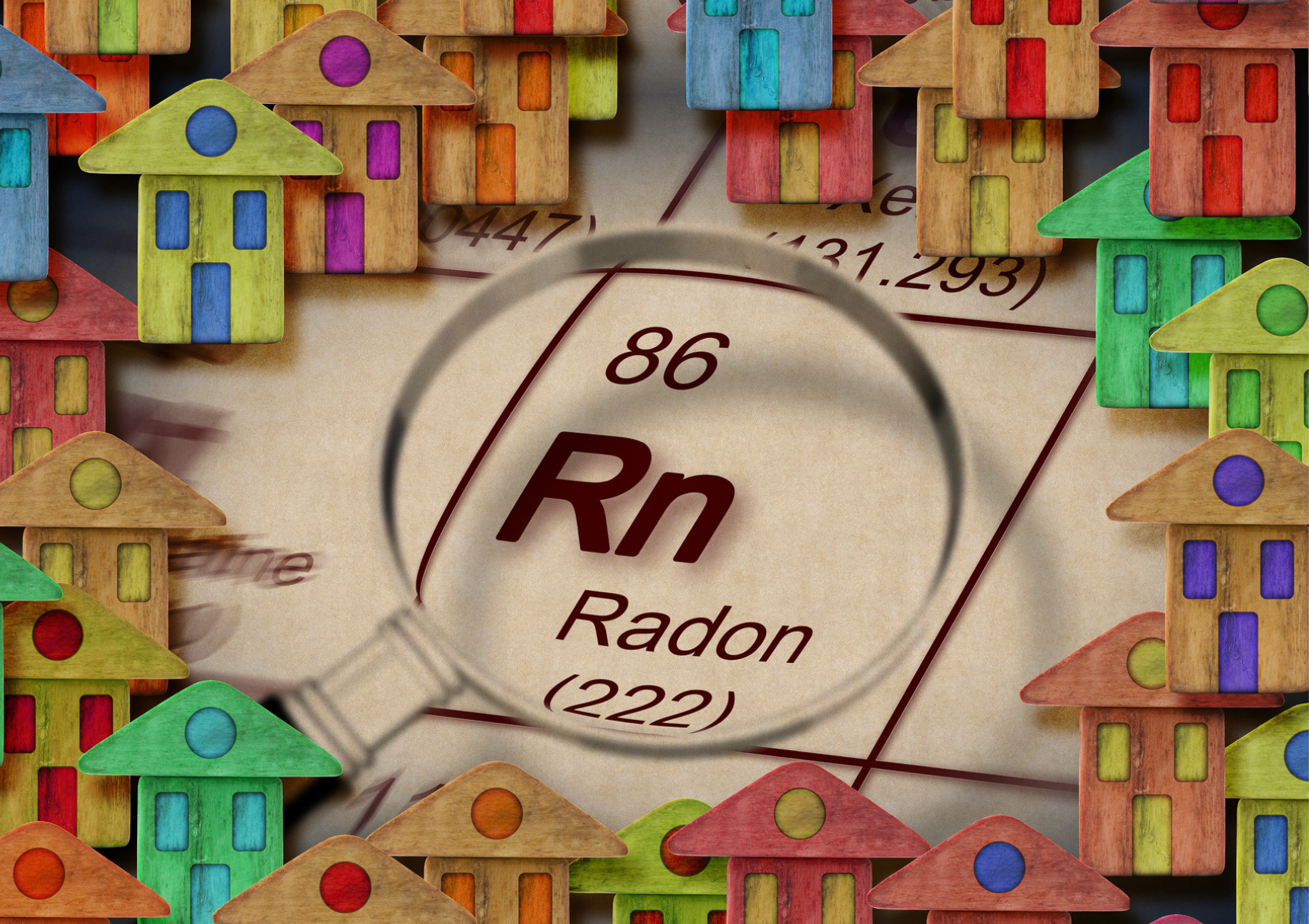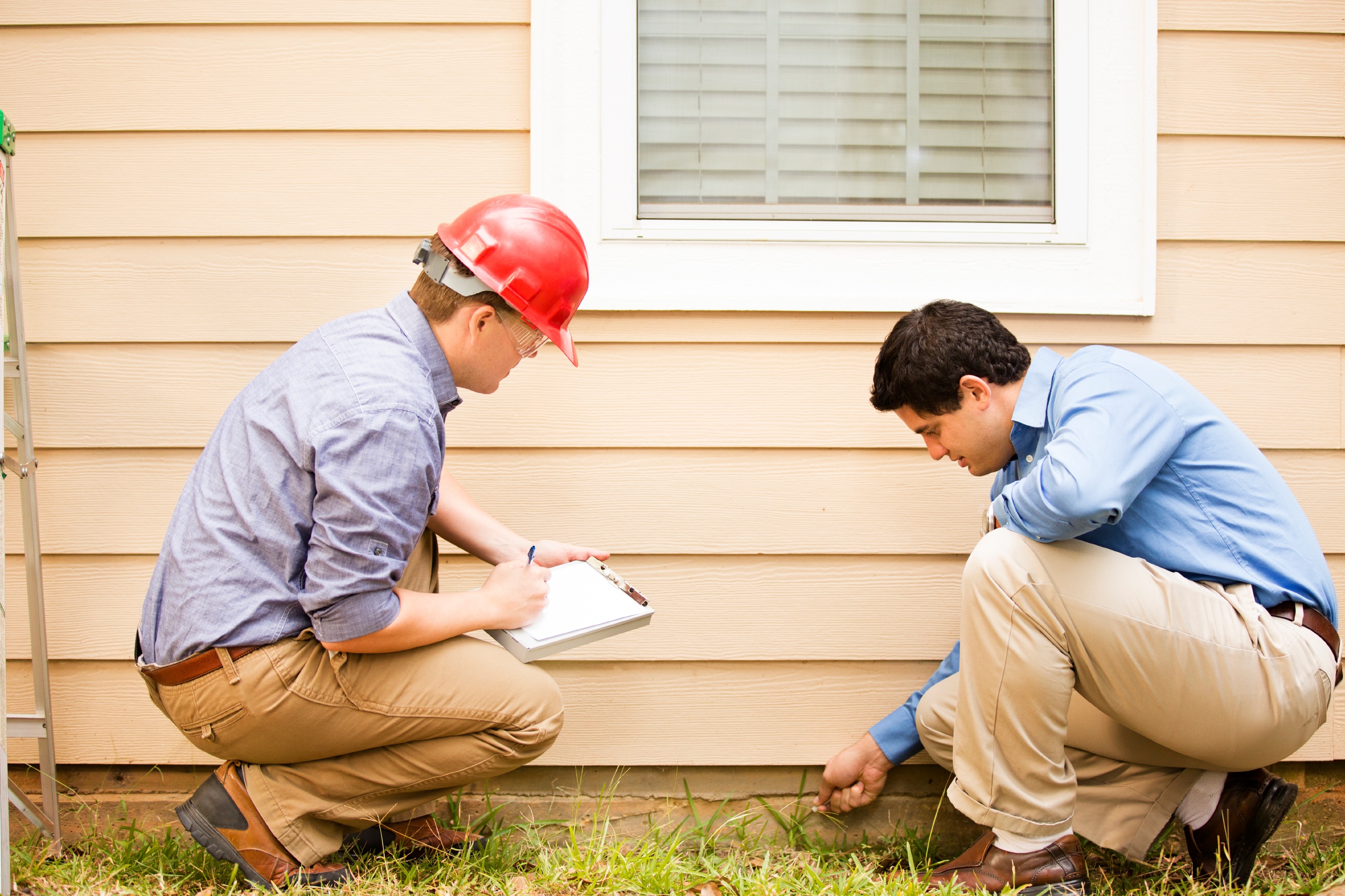Radon is a radioactive gas that occurs naturally in the atmosphere.
Radon is a result of the decay of the elements radium, uranium, and thorium.
It is colorless, tasteless, and odorless, and completely undetectable to humans.
It's an inert gas, so it is inactive chemically and only combines with other substances under extreme conditions.
It's the heaviest known gas, and it's considered a health hazard due to its radioactivity.
Trace amounts of radon can be found in almost every breath we take, but radon that is breathed outside is typically harmless.
The issues with radon arise when it is allowed to build up inside of a home or workplace.
Radon has no known biological purpose, but experts believe that it has played a significant role in evolution since radiation is required for genetic modifications to take place.
Want more information about the amount of potential radon in your home? Read our blog post: "What are Radon Levels."
In the article below, we will take a brief look at radon and its history.






